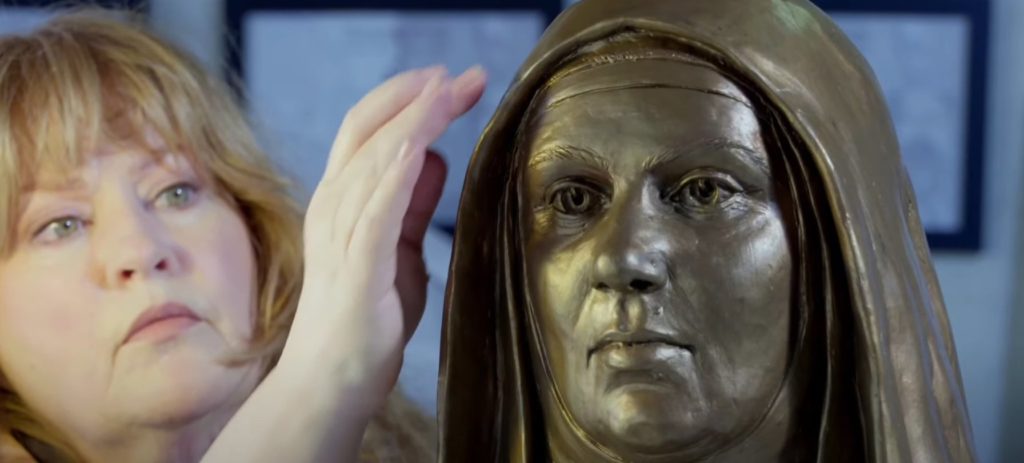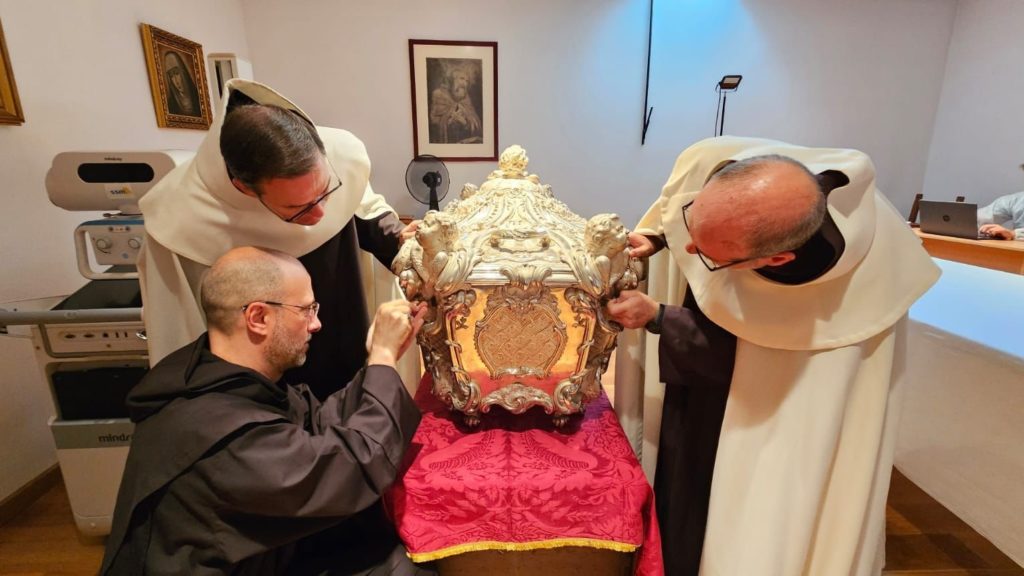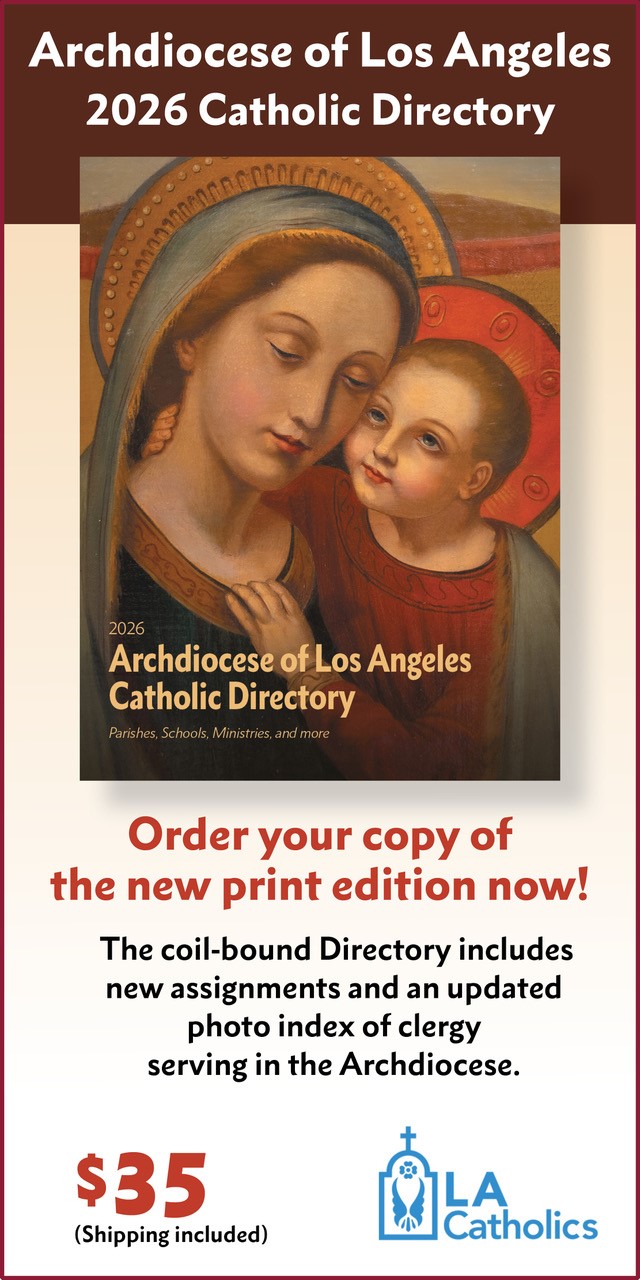Over 90,000 pilgrims flocked to Alba de Tormes, Spain, May 11-25, to venerate the incorrupt body of St. Teresa of Ávila -- marking just the third public exposition of her relics since her death on Oct. 4, 1582.
Displayed from May 11 to 25 at the Basilica of the Annunciation, the event followed a Vatican-authorized, yearlong study of the saint’s relics by researchers who confirmed her body has remained incorrupt since her death.
The study began on Aug. 28, 2024, with the opening of the tomb and the request of canonical recognition to assess the condition of the body and major relics. This was the first stage of a process initiated in 2022 by Pope Francis, who authorized the assessment of St. Teresa's relics.
Thanks to the study, a facial reconstruction was carried out by Australian professor Jennifer Mann, an expert in forensic medicine, who recreated St. Teresa's face using advanced techniques and the description given in the writings of Mother Maria of St. Joseph, a contemporary of the saint.

After the canonical and medical recognition of St. Teresa's remains, the body was displayed publicly, attracting thousands of faithful from around the world.
The urn was opened on May 11 and the body was exposed for veneration for 15 days. Esther Borrego, professor at the Complutense University of Madrid and director of the Mulier Fortis research project on the literary legacy of St. Teresa, highlighted the saint's enduring relevance as both a spiritual and literary figure.
Borrego told OSV News how St. Teresa's writings blend deep mystical experience with a "relatable, human perspective," offering insights that continue to "inspire diverse generations worldwide."
St. Teresa of Ávila played a key role during the Counter Reformation in encouraging the renewal of spiritual and monastic life and also reforming the Carmelite order. Her call to a return to a more contemplative lifestyle inspired many, including St. John of the Cross, with whom she established the Discalced Carmelites.
Known for her theological writings on spiritual life, such as “The Interior Castle” and “The Way of Perfection,” she was proclaimed a doctor of the church by St. Paul VI in 1970.
Carmelite Father Manuel Diego, an expert on St. Teresa, said that this veneration of the body is "a sign that does not obscure but rather points to what is essential -- her words, her mystical experience and her encounter with God," because it is in that body that "the encounter with God" took place. Recalling the words of Fray Luis de León, the first editor of St. Teresa's works in 1588 -- six years after the saint's death -- he explained to OSV News that "two living portraits remain to know her: her books and her daughters, the Carmelite order."
The Order of Discalced Carmelites intended for the veneration of the body to take place in an atmosphere of prayer and contemplation. For this reason, on May 24, the closing of the urn began with a procession featuring an image of St. Teresa that went through the streets of Alba de Tormes and culminated with a prayer vigil in the Basilica of Our Lady of the Annunciation, where the saint's remains have been kept throughout the centuries.
On May 25, the superior general of the Discalced Carmelites, Father Miguel Márquez Calle, presided over a solemn Mass that officially closed the public veneration. In his homily, he emphasized that the relics of the saints connect us with their lives, their message, and above all, with Christ. He presented Teresa as a model of sincere search for truth and as an inspiration to overcome the polarization that marks today's world.
Speaking on Spanish public Television RTVE, Father Márquez Calle said that the 2025 veneration has been the most attended one in history since the last one, held in 1914, which lasted only one day, and the one in 1760, which lasted only a few hours. The superior general also highlighted the importance of focusing on the spiritual gift of St. Teresa’s writings, and said she is a saint "for everyone" and is the "heritage of humanity."
On May 26, the remains were returned to the monastery in a procession carried by eight Discalced Carmelite friars from different convents around the world. The urn was preceded by the keys required to open it. The four keys used to close the urn were handled by the father general, the mother prioress, the mayor of Ávila, and the prior representing St. Teresa's order in Ávila, the community, the Duke of Alba, and the Royal House, respectively. A total of 10 keys protect the tomb.
The remains now rest in the Monastery of Our Lady of the Annunciation, founded by the saint from Ávila in 1571, and where she spent the last 15 days of her life.

